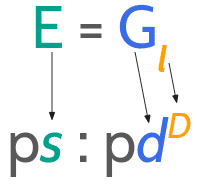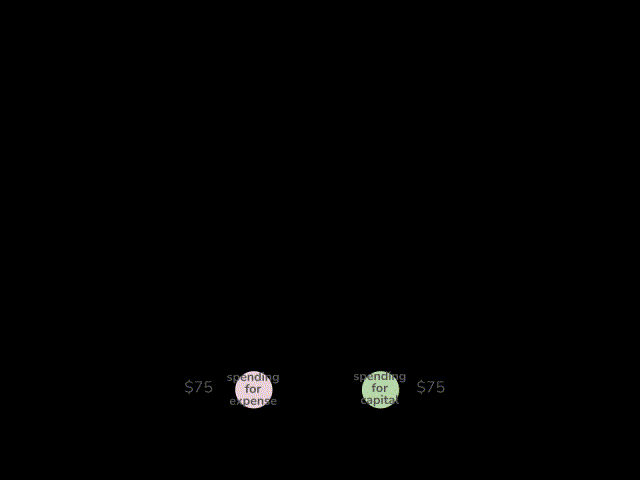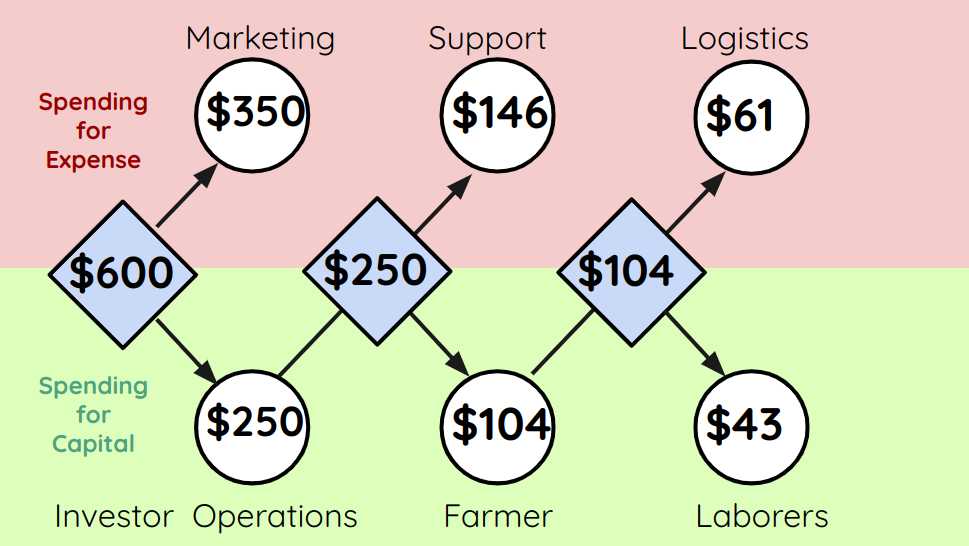The Modern Economic Table
Table of Contents
The Eagle in the layer of economics manifests as supply and demand ratios:

- The
Gmanifests as the effectual demand ordof the people. - The layer limit
l
manifests as their absolute demand or
D(a concept that does not exist in Economics). - This
Dworks in the same way ascworks inE = mc 2, wherecacts as the speed limit of the physical universe.
Neoclassical Economics, as the commercial system, is unable to arrive at the real price of everything because they use money which actually wipes out information with every exchange.
- If you barter 1 bread with 1 potato, then the real price of bread is 1 bread : 1 potato
- If potato can be bartered for 2 lemons, then the real value of 1 bread is 2 lemons or 1 potato
- If tomorrow, 1 potato exchanges only for 1 lemon, then the real value of 1 bread is 1 potato or 1 lemon
- This means that the price of bread only crashes for the lemon owners but not for the potato owners.
- If the ratio of 1 bread still exchanges for 1 potato, then the real value or economic
Gof bread is more linked to potatoes instead of lemons.
The real value of things prevents our proposed system from crashing because the ratio of values are maintained and not made absolute or constant as in the commercial system.
Replacing Nominal Value with Real Value
We can restore these natural ratios by pulling down money from the supreme pedestal where it currently stands on, just as we by fixed Einstein’s General Relativity by removing the constant speed of light c, and instead using the other qualities of the star or galaxy where it comes from.
So in order to know a bread’s “supereconomic” G or real value, we need to know what that bread was exchanged with, and not its money price.
This chain of exchanges can then be backpropagated in order to know its relational value to other goods or services.
Once the relative value-motions of goods and services are known, then we can predict the demand for them and so arrange the supply ahead of time in order to address all the demand and achieve constant zero-inflation. This feature is standard in our points-based economic system.
Economics, on the other hand, allows only money-purchases so that 1 bread is equal to 1 dollar, for example.
But it has no idea of where that 1 dollar came from.
Did it come from wages? Or from a sale of a tomato? Was it donated?
If you use machine-learning to backpropagate all the transactions for bread, you will end up with a dollar price but still not know what that dollar price really represents since the data was never recorded.
If you use machine-learning to backpropagate all the transactions, you will end up with a dollar price without knowing what it really represents
The best that they can do is apply stochastic calculus to create probabilistic “algorithmic trading” and “dynamic stochastic general equilibrium” which have caused crashes.
Economists have no choice but to concede and say that price movements are mysterious, blaming “herd behavior”.
This is similar to how physicists say that quantum effects are mysterious, pointing to the Heisenberg uncertainty principle.

Our model on the other hand, follows Smith and the Physiocrats, and uses grain-based valuation to predict price movements from the outside looking in, or the top-down approach. This helped us to correctly predict:
- The rise of bitcoin in 2017
- The global economic crisis starting in 2019. It actually started in Q1 2020 and this shows that a bottom-up approach would be more accurate
The Modern Economic Table
This bottom-up approach is exactly what Francois Quesnay had in mind when he created the Economic Table to list the exchanges of commodities and trace their final total value or contribution to the economy.
The Modern Economic Table was invented by Francois Quesnay of the Physiocrats in the 18th century. It represents the flow of value-creation between productive and unproductive members of society.

The third greatest invention of our time is the Economic Table.
Riqueti
Philosophie Rurale, 1763
Like Adam Smith, the Physiocrats advocated productivity instead of money, luxury and idleness. This is why they advocated massive investment in agriculture and extraction in order to maximize the raw material output which is the basis for further processing and manufacturing.
We do not mean the small-scale cultivation carried on with oxen. This ungrateful cultivation reveals the poverty and ruin of the Nations where it prevails. It has nothing to do with the order of the Table.
Francois Quesnay
- While Economics supports the cause of merchants and money, the Physiocrats supported the cause of farmers and food.
- While Economics advocates liberalism so that money can circulate freely, Physiocracy, along with Smith, advocates the regulation of money-arbitrage which we call secondary arbitrage.
Maxim 7 Complete Circulation: Let the sum total of the revenues be annually returned into and along the entire course of circulation; let no money fortunes be accumulated Maxim 10 Revenue Expended in the Country: Let none of the revenue pass into the home of the stranger without return either in money or merchandise. Maxim 24 Balance of Money in Trade is Illusory: Let no one be deceived by an apparent advantage in reciprocal commerce with foreign countries, which is simply a balance received in money, without examining and comparing the profits that result from the merchandise one has sold and the merchandise which has been bought.
Francois Quesnay
Our Modern Economic Table is an Online Ledger
This regulation is done through the Economic Table which lists the chain of transactions that are involved in turning a raw material into a finished product which then manifests as wealth. The chain shows the increase in the market value and the natural price of a commodity as it is processed subsequently by human effort .
We then implement this transaction system as a ledger of points-transactions.

In this way, the ledger can show the real price of products, commodities, and services relative to grain. This will then relativistically reveal which companies and industries are generating the most wealth for the least expense.
Modern Economics has no concept of real or natural price because it is grounded on money, which wipes out the relativity of real prices in order to create arbitrage and profit maximization. This then explains why economic systems are unstable and have systemic risk.
Supereconomics uses the ledger-based comparison of subjective market price (effect) to its objective natural price (cause) to achieve 2 goals:
- A points-based taxation system which can check inflation and inequality at its root.
When done online and with machine learning, this can lead to granular adjustments of tax rates for every kind of commodity. In this way, public revenue is increased without stifling economic activity.
Taxation can also be used more quickly to respond to sudden events like natural disasters in order to drive donations and rebuild capital faster. It can also be used to stifle harmful activities like deforestation or pollution.
This would make taxation much more convenient since it is imposed automatically. There would be no more need for filing income taxes because the tax due is computed automatically with each commercial transaction or barter exchange
- A way to show in real-time which goods and products have overinvestments and which have underinvestments.
This then would allow an Investment Fund to adjust its rate of return in order to pump up underinvestments and reduce overinvestment.
As you can see, Supereconomics has a lot of tools to grow an economy while preventing monopoly, inequality, and poverty that is simply unthinkable in Economics. The next post will explain the last tool, which is the DSTI.